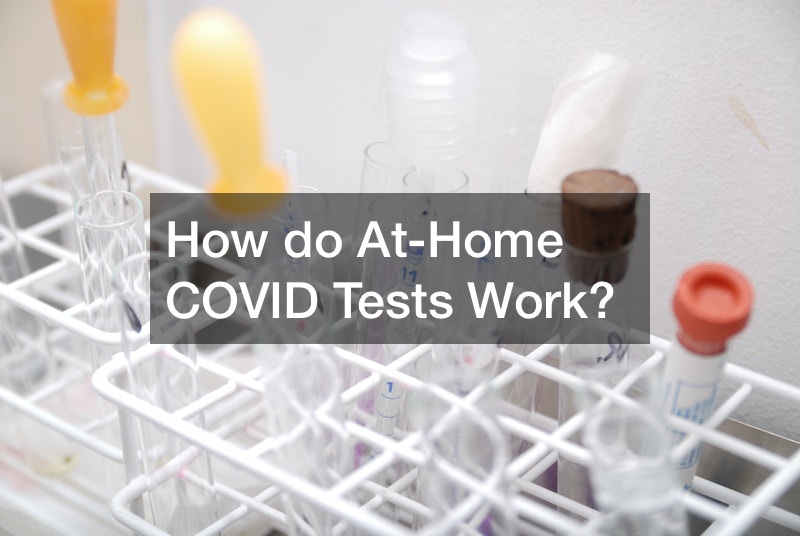How do At-Home Covid Tests Work?


Chances are you’ve taken a rapid test at home in the past two years. These at-home COVID tests provide a quick test result using a biochemical reaction from saline, small gold particles, and paper with antibodies. Dr. Kate Biberdorf takes an at-home COVID test and explains the science behind this innovative process.
The first step is the swab portion, where you swab the back of your throat and the inside of your nostrils. Epidemiologist Michael Mina has suggested that individuals swab the back of their throat as well to test for this specific Omicron variant to collect the highest viral load. The next step is applying a buffer solution to the swab. This locks the pH at 7.4, the same pH level as our blood, which allows it to mimic the conditions within the human body.
From there you can see the results once enough time has passed. The tiny window labeled “s” is where the tiny gold particles are connected to an antibody. The antibody attempts to grab the covid virus to lock it into place and this leads to a positive test result.
These rapid tests are pH sensitive and can be easily manipulated with something like juice or soda, which have lower pH levels. This can be reversed by taking the original buffer solution and shaking it over the test’s “T” line, which will cause the test to change back to its real result.
.
